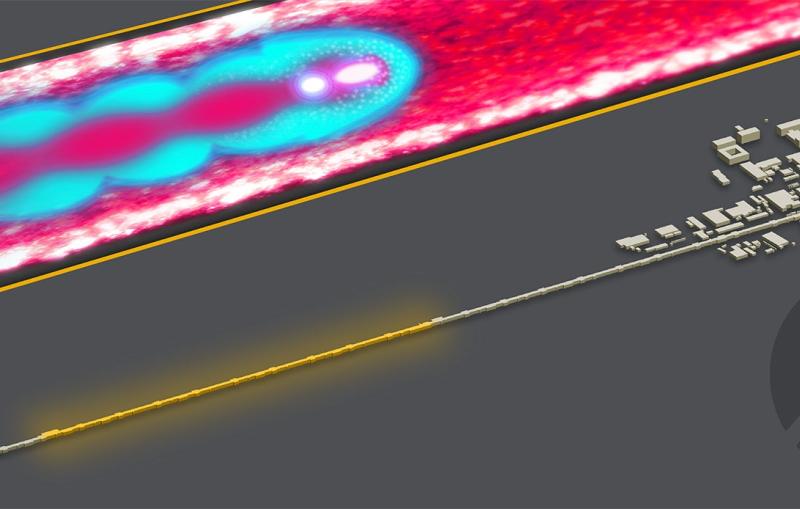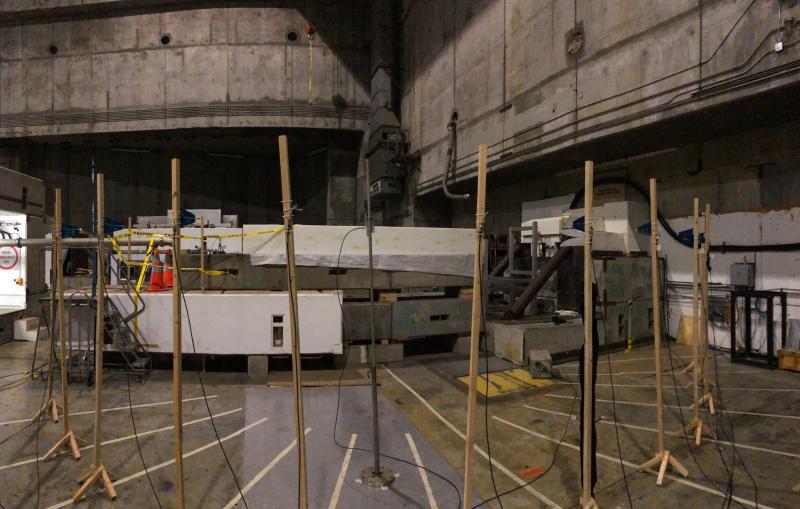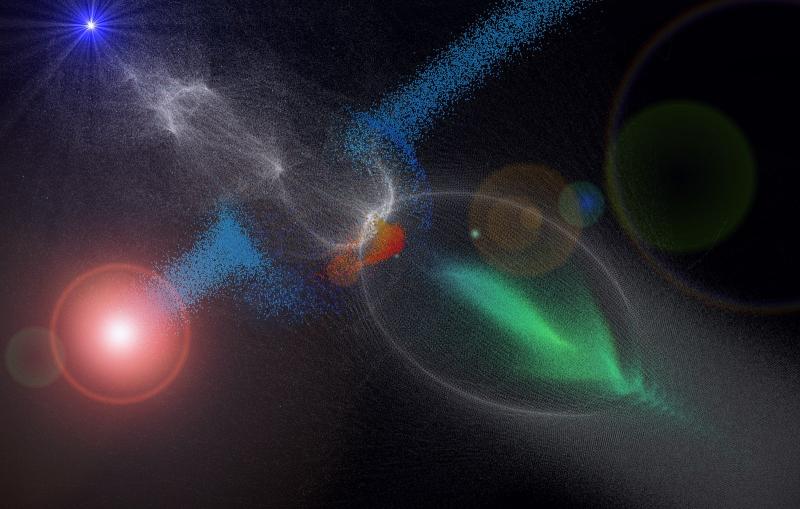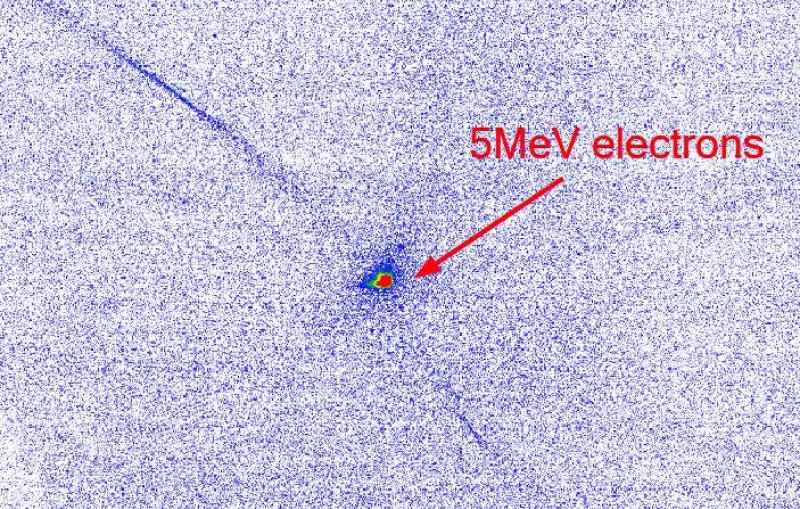SLAC's Newest Facility Kicks Off User Run
After months of installation and commissioning efforts, SLAC's newest user facility welcomed its first two groups of experimenters on Friday.
By Lori Ann White
After months of installation and commissioning efforts, SLAC's newest user facility welcomed its first two groups of experimenters on Friday. They came to use the tightly focused electron bunches delivered by FACET, the Facility for Advanced Accelerator Experimental Tests, for two very different purposes.
One group of collaborators from SLAC, the University of California–Los Angeles and the Max Planck Institute of Physics in Berlin will continue their efforts to make accelerators smaller and more efficient using a technique called plasma wakefield acceleration. This technique can accelerate electron or positron bunches to extremely high energies within a very short distance – much shorter than SLAC's original two-mile-long linear accelerator.
According to Spencer Gessner, a graduate student at SLAC and a member of the team, "One of the goals of this first run is to replicate and then extend some of the results achieved by E167," a plasma wakefield experiment that took place at SLAC's Final Focus Test Beam before it shut down in 2007 to make room for the Linac Coherent Light Source. E167 raised the energy of a few electrons from 42 billion to 85 billion electronvolts over a distance of just 84 centimeters – a little less than a yard.
The team will have three more opportunities during this first user run to push the science further. "This summer we want to go from accelerating a few electrons to accelerating bunches of sufficient size and density to do science with," said Mark Hogan, head of the plasma acceleration group in SLAC’s Advanced Accelerator Research Department.
In the second experiment, Ioan Tudosa of the Stanford Institute for Materials and Energy Sciences, a joint SLAC–Stanford institute, will also continue work previously done at SLAC, this time in magnetic switching. The magnetic switching technique, in which an electric field is used to make north and south poles swap places in a magnet, works more than 1000 times faster than current technology and could revolutionize data storage. Tudosa will expose magnetic samples to FACET's powerful electron pulses.
John Seeman, interim FACET director, is happy that the user run is here. "After the intense commissioning run last summer, a busy maintenance period and then recommissioning in March and April, the FACET team is now ready to provide 20 GeV intense electron bunches to the accelerator user community for a broad array of cutting-edge accelerator experiments,” he said. “It is going to be an exciting run."
Hogan has been working on plasma wakefield acceleration for over a decade. He says he's as much thankful as happy to see FACET open to users. "I'm just grateful for the efforts of the linac operations staff and everyone at SLAC who have been working so hard to get FACET ready for the users to do science," he said.
Editor's note
This article also appears in symmetry magazine.
Contact
For questions or comments, contact the SLAC Office of Communications at communications@slac.stanford.edu.
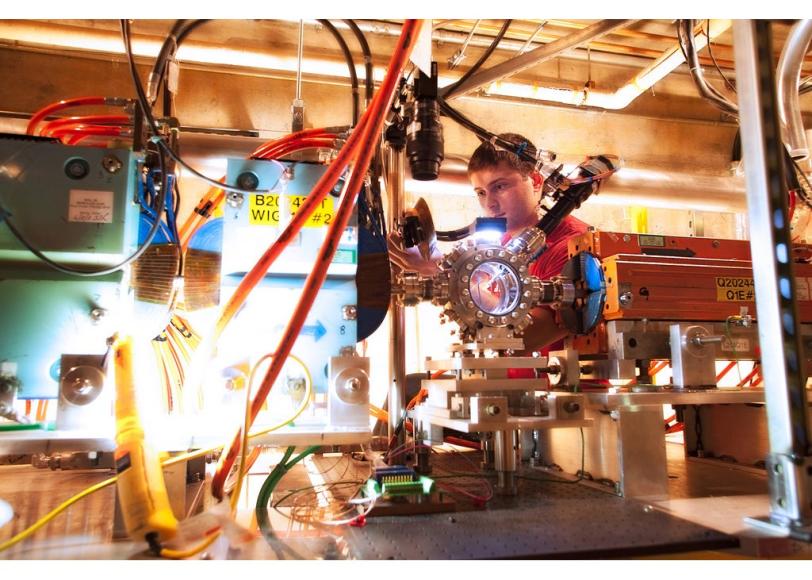
(Photo by Brad Plummer)
